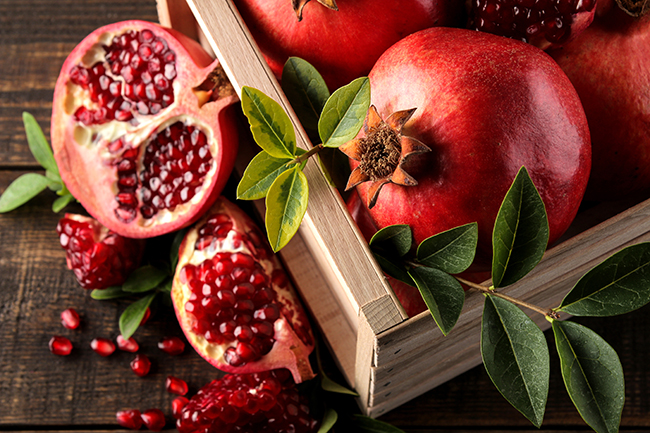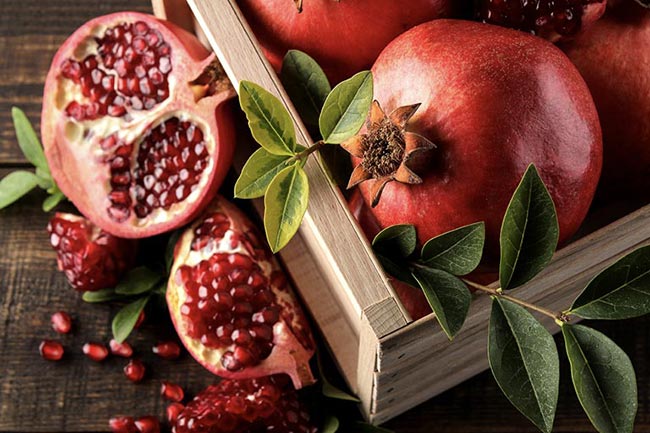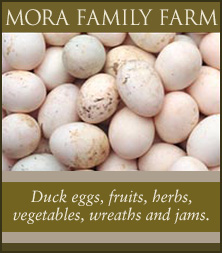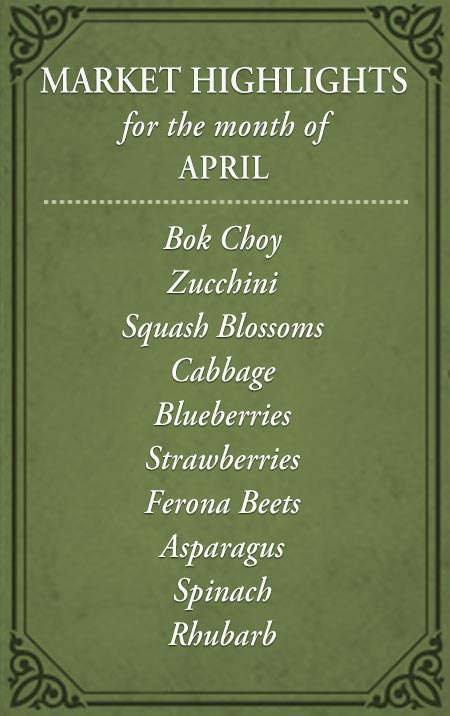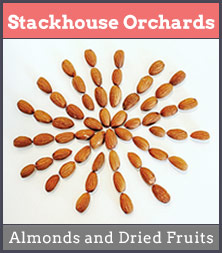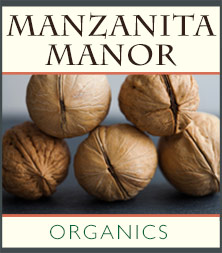The name “pomegranate” derives from the Latin pomum (‘apple’) and granatus (‘seeded’). Jewish scholars believe that the pomegranate was the original “forbidden fruit” of the Garden of Eden. The pomegranate has been a prominent symbol in many religions and cultures since Biblical times, when Moses promised his followers that they would find the fruit in the Promised Land, to the 18th century, when Spanish sailors introduced it to the southern United States. Cultivated since ancient times, the pomegranate is native to the region from Iran to northern India. The pomegranate is now cultivated widely in California and Arizona for juice production.
Beneath the thick, leathery skin of a pomegranate are hundreds of edible seeds encased in a gelatinous sack of sweet, juicy pulp. The seeds and surrounding pulp, ranging in color from white to deep crimson, are called arils. The small edible sacks contain juice and a crunchy seed, delicious either alone or tossed into salads.
Pomegranate Heart Health Benefits
Fresh pomegranate juice is now available at the farmers market from Rancho Padres Farm. A staple of Middle Eastern cuisine for centuries, pomegranates have become popular today because of their high concentration of antioxidants. According to Dr. Leo Galland, one active area of research has looked at the potential heart health benefits of pomegranates. These studies indicate that daily consumption of pomegranate juice, about 8 ounces a day for three months or more, can help:
- Reduce dangerous LDL-cholesterol in the blood
- Improve blood flow to the heart in patients with coronary artery disease
- Reduce thickening of the arteries that supply blood to the brain
- Lower the level of systolic blood pressure
[ Read Dr. Leo Galland’s full article here.]
Pomegranates are also high in fiber, vitamin C, and potassium.
How to Select a Pomegranate
- Look for pomegranates that feel heavy for their size, indicating a fresh, juicy fruit. Pomegranates are picked fully ripe, so the fruit is ready to enjoy when you purchase it.
- Pomegranates should have a soft, leathery skin that gives slightly when pressed; avoid fruit with shriveled or brittle skin.
To Seed
- Slice off the top and the bottom of the pomegranate with a sharp knife. Score as you would to peel an orange.
- Submerge the pomegranate in a bowl of cold water and peel away the rind. Break into sections, and pull seeds from the pith with your fingers. Drain seeds in a sieve and throw away the pith. Drain well.
Storage Tips
- Store pomegranates at room temperature for up to 3 weeks or refrigerate for up to 2-3 months.
- Pomegranate seeds and juice can be frozen for up to 6 months.
RECIPES: How to Seed a Pomegranate, Pan Toasted Brie with Pomegranate Raspberry Sauce, Turkey Cutlets with Roasted Fennel and Pomegranate Glaze, Dried Cranberries and Walnuts Spinach Salad with Pomegranate Vinaigrette, Guacamole Chamacuero, How to Make Pomegranate Molasses, Pomegranate Salsa, Spinach Salad with Persimmon and Pomegranate Seeds, Chicken Pomegranate, Rack of Lamb Marinated in Pomegranate Juice, Persian Lamb, Garbanzo Salad with Pomegranate Seed


